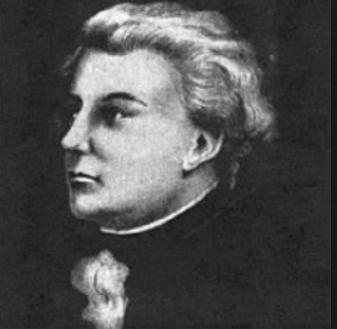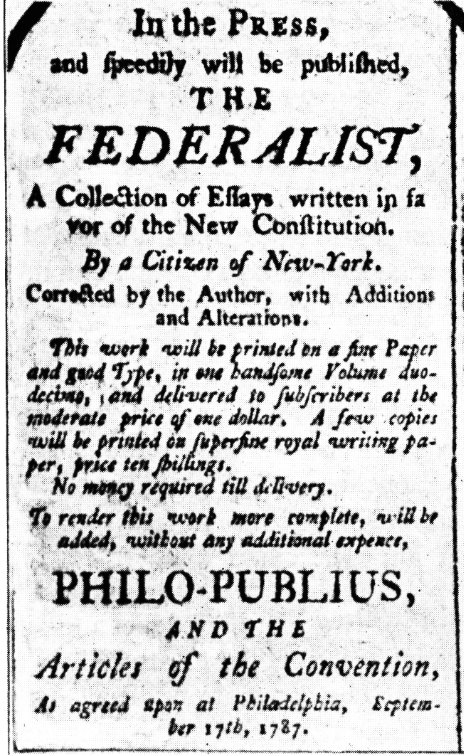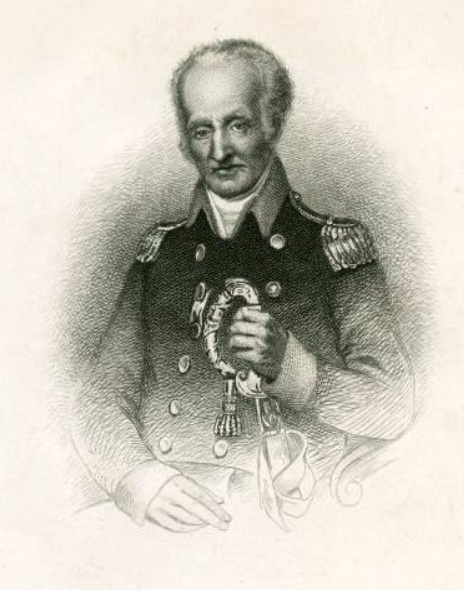Before the Capital - L'Enfant at War
Pierre-Charles L’Enfant is most famous for his role in designing the layout of the Capital of the United State, what we now know as Washington, D.C.
Often overlooked is the time L’Enfant spent as a soldier in the Continental Army.
Today we will take a look at this earlier portion of the man’s life, the time which transitioned him from a Frenchman to an American.
Pierre-Charles L’Enfant
Pierre-Charles L’Enfant was the son of a successful French painter.
He had trained in his father’s profession but, while studying at the Louvre, left school to fight for liberty.
Pierre was given a commission by Silas Deane to serve as a Lieutenant in the Engineers and set sail for America.
A Crowded Command
L’Enfant arrived in Charleston in the Spring of 1777 and immediately assisted with fortifying that city. When this task was complete, he headed north to claim his commission from the Continental Congress.
Upon arrival, he was shocked to learn that Congress had stopped accepting the French Officers Deane was sending their way. Apparently, there were just too many of them and many Americans who were getting passed over for promotions were not happy about it.
Congress said ‘thanks but no thanks’ and sent him on his way. At least they were courteous enough to pay him for the work he had done and for his trip back to France.
Valley Forge
Pierre was not prepared to leave.
Instead, he made his way to Valley Forge where he began working with Baron von Steuben.
As a part of von Steuben’s massive transformation of the Continental Army, L’Enfant demonstrated his importance to the cause. Eventually, Congress recognized their mistake, promoted him to Captain and gave him back pay.
Sketching Washington
It was during the stay in Valley Forge that L’Enfant first met George Washington, with whom he would later work on planning the nation’s Capital.
Pierre (who was now going by the name Peter to associate more closely with the Americans) was tasked by his friend the Marquis de Lafayette with putting his artistic talents to use. Lafayette requested that L’Enfant draw a sketch of Washington.
Despite regretting that he did not have Charles Wilson Peale make a copy for Lafayette when he completed a painting earlier in the year, Washington sat with L’Enfant. Unfortunately, the current whereabouts of this work are unknown.
Pierre would sit with several Revolutionaries when there was some downtime throughout the war.
POW
L’Enfant would later move to the Southern Department of the war where, during the Siege of Savannah, he was wounded.
Pierre healed quickly enough to participate in the defense of Charleston. Like a large section of the Continental Army, he was captured in the aftermath of this battle.
L’Enfant spent the better part of two years as a prisoner of war.
When peace was established, L’Enfant was set free and he returned to France.
He would return just a few years later to begin his more famous career as an architect.
Do you want to read about other Founders who constructed American landmarks?
You might like some of these stories:
Building: The First Continental Congress - Robert Smith Designs Carpenter’s Hall
Ezra L’Hommedieu and the Montauk Lighthouse
Nathaniel Prime Stocks the Erie Canal
L’Enfant would go on to literally build Washington, D.C.
‘Grand Avenues’ discusses Pierre’s life with a major focus on the construction of the Capital.
Pick up a copy through the Amazon affiliate link below (you’ll support this site, but don’t worry, Amazon pays me while your price stays the same).
Want to get fun American Revolution articles straight to your inbox every morning?
Subscribe to my email list here.
You can also support this site on Patreon by clicking here.





